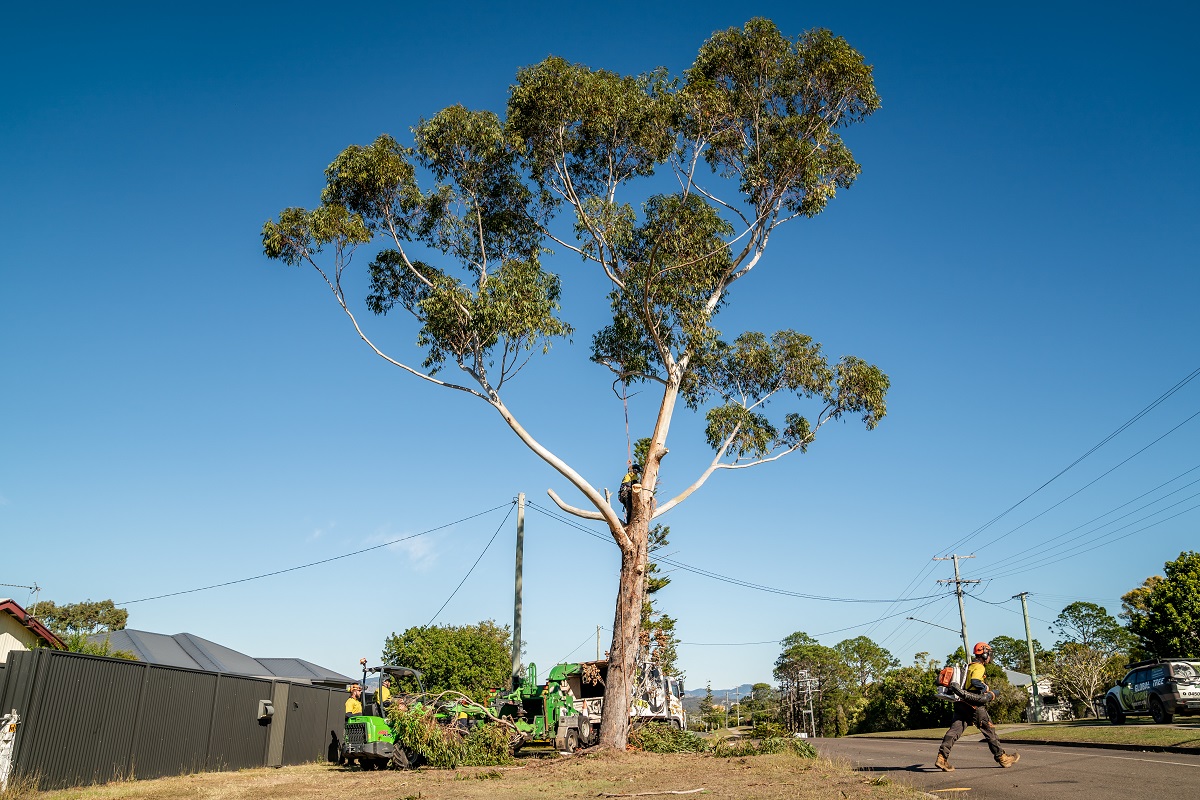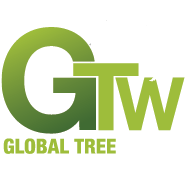
27 Mar The Hidden Lifeline of Your Home: Understanding the Importance of Tree Health
When you think about the health of your home, concepts like plumbing, energy efficiency, and structural integrity might come to mind. However, there’s a living, breathing component that’s often overlooked — the health of the trees on your property. Much like the veins in a human body, trees serve as the lifeblood of your ecosystem, playing roles in air quality, landscaping, and even property value. In this extensive guide, we’ll unearth the importance of tree health, explore common issues, and outline steps to ensure your leafy companions thrive.
In this article, we’ll address the concerns of homeowners and gardeners who may be questioning the vitality of their arboreal assets. By the end, you’ll understand why it’s more than worth your while to think about your trees and, more importantly, when to call in professionals for help.
The Green Pillars of Your Property
Your trees are more than mere decorations adorning your land. They are the unassuming yet critical guardians of your soil, air, and water. Here’s why they matter:
- Oxygen Oasis
Through the miracle of photosynthesis, trees produce oxygen, reducing the carbon footprint of your home.
- Storm Shield
During rough weather, mature trees adsorb a significant amount of precipitation, reducing flooding risks and soil erosion.
- Curb Appeal Champions
Healthy trees can add significant value to your property, not to mention their ability to transform an ordinary backyard into a serene oasis.
- Shade Sailors
Strategic tree placement around your home can lower cooling costs in the summer by providing natural shade.
In the following sections, we’ll explore how to recognize the early signs of ailing trees and what can be done to alleviate their conditions.
Detecting Deterioration: Signs of a Struggling Tree
Tree health can be difficult to gauge, especially for the untrained eye. Yet, there are common indicators that allude to underlying issues:
- Foliage and Flower Abnormalities
Misshapen, discolored, or irregularly developing leaves and flowers often signal decreased health.
- Pest Infestation and Disease
Visible marring or dieback from pests or infections can quickly spread if left unchecked.
- Trunk and Root Damage
Cracks, cavities, and root exposure pose a serious threat to tree stability and nutrient absorption.
- Environmental Stressors
From improper planting techniques to over-exposure to pollutants, trees suffer from various environmental stressors.
The key to mitigating these issues is early intervention through vigilant observation and, when necessary, professional assistance.
The Therapeutic Touch of a Tree Doctor
Arborists or ‘tree doctors’ are certified professionals who specialize in the diagnosis, treatment, and care of trees. Their expertise can mean the difference between life and death for a tree in distress.
Here are some of the services that arborists provide:
- Pruning: Corrective pruning not only addresses safety concerns but can improve tree structure and health.
- Fertilization: Just like our bodies, trees need proper nutrition. Arborists know how to tailor fertilization plans to address deficiencies.
- Pest and Disease Management: Whether it’s using organic sprays or invasive pest removal, arborists have the tools to battle infestations.
- Root Care: Aeration and root collar excavations help ensure roots have access to the water and oxygen they need.
For homeowners who take pride in their green sanctuaries, establishing a relationship with a trusty arborist is an investment that pays dividends.
DIY Tree Care Tips for the Enthusiastic Gardener
While some tree-related issues require professional attention, there are several steps you can take to promote the health of your trees:
- Proper Planting and Maintenance
Ensure your trees are properly planted, watered, and mulched in their formative years.
- Regular Inspection
Periodic checks on your trees can help you detect problems early and take corrective actions.
- Appropriate Pruning
Understanding when, where, and how to prune your trees can improve their structure and longevity.
- Soil Health
Healthy soil leads to healthy trees. Test your soil for nutrient content and pH levels, and amend as needed.
For those keen on rolling up their sleeves and tending to their trees, these proactive measures are an essential part of home tree care.
When to Call the Cavalry
Despite the best efforts of even the most dedicated homeowners, some tree issues are best handled by professionals. Here’s when you should pick up the phone:
- You experience difficulty identifying the issue
- The tree’s location makes the problem hazardous for you or your property
- DIY efforts haven’t yielded improvements
Ignoring the telltale signs of a tree in distress could lead to catastrophic outcomes, so don’t hesitate to reach out to an arborist when in doubt.
A Final Word of Encouragement
Your trees are silent contributors to your home’s well-being, asking for little in return. Treating them as part of your extended family can lead to a richer, more sustainable living environment.
By staying informed about common tree-related concerns, being proactive about maintenance, and knowing when to get professional help, you can ensure your trees stand tall for years to come.
Remember, investment in tree health is an investment in your home, your community, and the future ecosystem. It’s a legacy of shade, oxygen, and the unmistakable charm of a well-tended, leafy domain. Start today, and watch your garden — and your outlook — grow greener.

